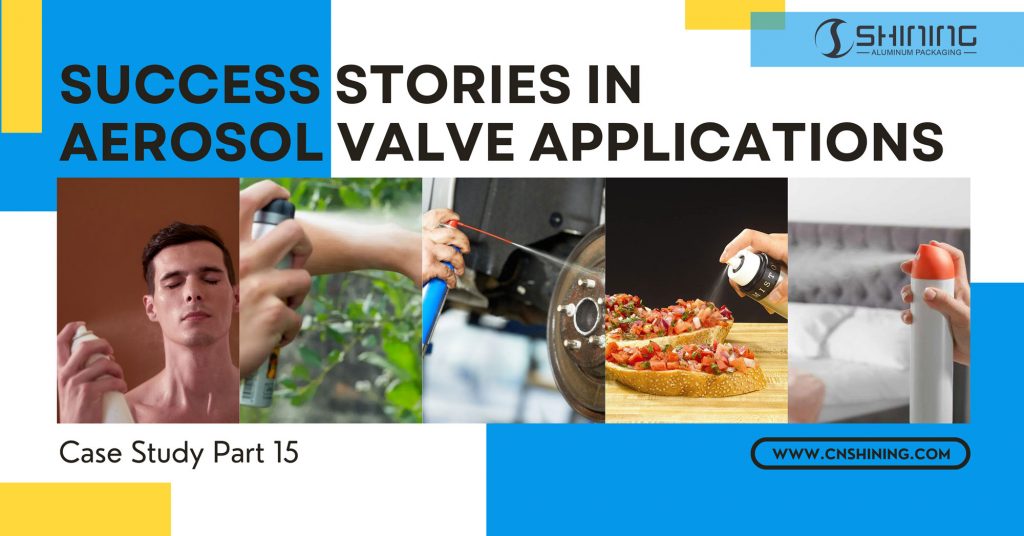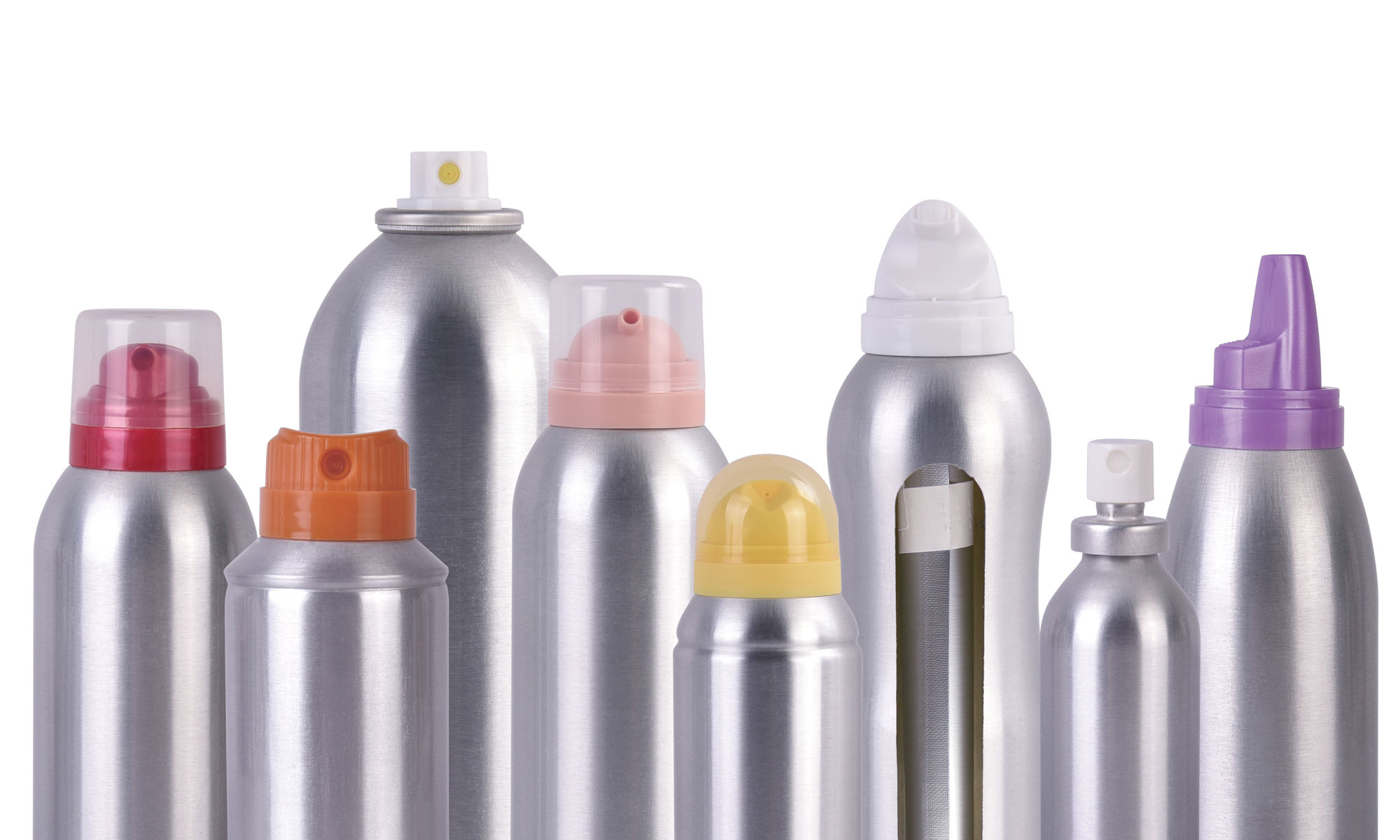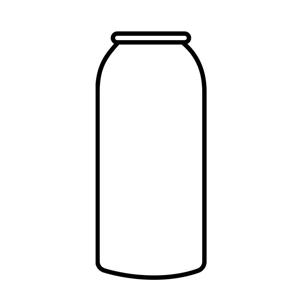Einleitung: Warum Aerosolventile wichtig sind
Aerosolventile haben durch ihre maßgeschneiderten, präzisen Dosierlösungen zahlreiche Branchen verändert. Von der Kosmetik bis zum Gesundheitswesen sind maßgeschneiderte Aerosolventile für die effektive Abgabe von Produkten unverzichtbar. Hier untersuchen wir mehrere erfolgreiche Fallstudien und konzentrieren uns darauf, wie maßgeschneiderte Aerosolventile spezifische Branchenherausforderungen gelöst und dauerhaften Mehrwert geschaffen haben.
Branchenübergreifende Beispiele
Der Erfolg von Aerosolventilen hängt von der Anpassung an individuelle Anforderungen ab. Verschiedene Branchen haben unterschiedliche Anforderungen, und die Flexibilität des Aerosolventildesigns ermöglicht es den Herstellern, diese zu erfüllen. Sehen wir uns Beispiele aus Schlüsselsektoren an, in denen Aerosolventile erhebliche Auswirkungen hatten:
1. Kosmetikindustrie: Verbesserung der Benutzererfahrung
In der Kosmetikbranche ermöglichen Aerosolventile die präzise Abgabe von Produkten wie Haarsprays, Trockenshampoos und Körpersprays. Ein bemerkenswertes Beispiel ist eine führende Kosmetikmarke, die für ihre Luxusparfümlinie einen feinen, gleichmäßigen Sprühnebel wünschte. In enger Zusammenarbeit mit dem Ventillieferanten entwickelte die Marke einen mechanischen Aufbrechantrieb (MBU) für einen weichen, kontrollierten Sprühnebel. Dieses maßgeschneiderte Ventil verbesserte das Benutzererlebnis und die Kundenzufriedenheit stieg sprunghaft an.
2. Anwendungen im Gesundheitswesen: Konsistenz und Hygiene
Der Gesundheitssektor ist für Produkte wie Desinfektionssprays, Wundpflegemittel und Inhalatoren auf Aerosolventile angewiesen. Ein Pharmaunternehmen arbeitete mit einem Hersteller von Aerosolventilen zusammen, um ein Ventil zu entwickeln, das eine gleichbleibende Partikelgröße für ein inhalierbares Medikament gewährleistete. Dieses Ventil, das mit einem hochpräzisen Schaft und Antrieb ausgestattet ist, sorgte für eine genaue Dosierung und erfüllte strenge Gesundheitsstandards.
3. Automobilindustrie: Leistung und Haltbarkeit
Automobilprodukte wie Schmiersprays und Reiniger erfordern Haltbarkeit und kontrollierte Anwendung. In einem Fall benötigte ein Automobilzulieferer ein Ventil, das hohem Innendruck standhält und gleichzeitig einen schmalen, druckstarken Strahl liefert. Durch die Verwendung verstärkter Komponenten und eines speziellen Aktuators konnte der Hersteller ein Ventil entwickeln, das unter rauen Bedingungen effektiv funktionierte, Produktabfälle reduzierte und die Effizienz steigerte.
4. Lebensmittel- und Getränkeindustrie: Sichere Dosierung
Aerosolventile in Lebensmittelqualität sind für Anwendungen wie Schlagsahne und Kochsprays unverzichtbar. In einem aktuellen Projekt benötigte ein Lebensmittelhersteller ein Ventil, das die Frische bewahrt, ohne den Geschmack zu verändern. Durch die Verwendung von Stickstoff als Treibmittel und die Auswahl lebensmittelechter Materialien bewahrte das Ventil Geschmack und Qualität und erfüllte die Lebensmittelsicherheitsstandards.
5. Haushaltspflege und Reinigung: Effiziente und gezielte Anwendung
Bei Reinigungssprays ermöglichen Aerosolventile eine gezielte, gleichmäßige Abdeckung. Ein großer Reinigungshersteller benötigte für seinen Glasreiniger einen feinen Sprühnebel, um Streifenbildung zu minimieren und eine gleichmäßige Abdeckung zu gewährleisten. Durch die Modifizierung des Aktuators und der Ventilöffnung erreichte der Hersteller ein perfektes Sprühmuster, das die Produktleistung und die Benutzerzufriedenheit verbesserte.
Produkterfolgsgeschichten: Wie maßgeschneiderte Ventildesigns die Leistung verbesserten
Die folgenden Fallstudien unterstreichen die konkreten Vorteile der individuellen Gestaltung von Aerosolventilen. Diese Erfolgsgeschichten zeigen, welche Auswirkungen gut gewählte Ventile auf die Produktleistung haben:
Innovatives kosmetisches Ventildesign
Auf dem stark nachgefragten Schönheitsmarkt wollte sich eine beliebte Marke mit einem Haarspray ohne Aerosol hervorheben, das den feinen Nebel herkömmlicher Aerosole imitierte. In Zusammenarbeit mit einem Ventilexperten entwickelte die Marke einen maßgeschneiderten Antrieb, der einen ultrafeinen Nebel ohne herkömmliches Aerosol-Treibmittel erzeugte. Dieses innovative Ventildesign positionierte das Produkt als umweltfreundliche Alternative bei gleichbleibender Funktionalität.
Präzisionsdosierung im Gesundheitswesen
Ein Kunde aus dem Gesundheitswesen forderte ein Ventil an, das eine bestimmte Menge Antiseptikum für die Wundpflege abgeben kann und dabei eine hygienische und präzise Anwendung gewährleistet. Es wurde ein Dosierventil mit einem internen Mechanismus entwickelt, der bei jeder Anwendung die genaue Dosierung ermöglicht. Diese Innovation war entscheidend für die Aufrechterhaltung der Sicherheit und Dosierungskontrolle im Gesundheitswesen.
Langlebiges Ventil für Kfz-Flüssigkeiten
Ein Automobilzulieferer benötigte ein Ventil, das starker Beanspruchung unter extremen Bedingungen standhält. Das Team entwickelte ein Ventil aus hochfesten Materialien und einem schmalen Sprühstrahlantrieb, der Schmiermittel unter hohem Druck abgeben kann, ohne an Leistung einzubüßen. Das Ergebnis war ein Ventil, das die Produktlebensdauer verlängerte und die Ausfallzeiten für die Benutzer reduzierte.
Effiziente Dosierung in der Lebensmittelindustrie
In Zusammenarbeit mit einem Lebensmittelunternehmen wurde ein Ventilsystem für ein Kochspray entwickelt, das die pro Anwendung abgegebene Menge minimiert und so die Kalorienaufnahme reduziert, ohne die Reichweite zu beeinträchtigen. Durch die Anpassung der Einstellungen von Tauchrohr und Aktuator konnte der Hersteller ein Spray entwickeln, das sowohl gesundheitsbewusste Verbraucher als auch effizienzorientierte Küchen zufriedenstellte.
Erkenntnisse für die Produktentwicklung: Einblicke in die Ventilanpassung
Um das richtige Aerosolventil zu entwickeln, müssen Sie die speziellen Anforderungen des Zielmarkts und des Produkts verstehen. Hier sind einige wertvolle Erkenntnisse für die effektive Anpassung von Aerosolventilen:
- Arbeiten Sie eng mit Ihrem Lieferanten zusammen: Eine frühzeitige Einbindung des Ventillieferanten kann bei der individuellen Anpassung einen erheblichen Unterschied ausmachen.
- Identifizieren Sie wichtige Leistungskennzahlen: Definieren Sie, was für Ihr Produkt am wichtigsten ist – ob Dosierungskontrolle, Sprühkonsistenz oder Haltbarkeit.
- Berücksichtigen Sie die Benutzererfahrung: Insbesondere bei Endverbraucherprodukten sind die Funktionalität und Benutzerfreundlichkeit des Ventils von entscheidender Bedeutung für die Zufriedenheit des Verbrauchers.
- Test unter Realbedingungen: Simulieren Sie die Umgebung, in der das Produkt verwendet wird, um sicherzustellen, dass das Ventil eine konstante Leistung bringt.
FAQ: Häufig gestellte Fragen
- Was sind die Hauptvorteile der Verwendung maßgeschneiderter Aerosolventile? Kundenspezifische Ventile erfüllen spezifische Produktanforderungen und verbessern die Leistung und Benutzerzufriedenheit.
- Wie verbessern Aerosolventile die Produktkonsistenz? Durch die Steuerung von Sprühmuster und Dosierung sorgen Ventile für eine gleichmäßige Produktabgabe.
- Welche Branchen profitieren am meisten von Aerosolventilen? In den Bereichen Kosmetik, Gesundheitswesen, Automobil, Lebensmittel und Haushaltspflege können Aerosolventilanwendungen erhebliche Vorteile bringen.
- Sind kundenspezifische Aerosolventile teurer? Zwar sind die Anschaffungskosten möglicherweise höher, doch durch die individuelle Anpassung wird häufig der Abfall reduziert und die Effizienz verbessert, wodurch langfristig Geld gespart wird.
- Welche Materialien werden üblicherweise in Aerosolventilen verwendet? Aufgrund ihrer Haltbarkeit und Kompatibilität werden häufig Edelstahl, Polypropylen und Polyethylen verwendet.
- Wie wähle ich den richtigen Antrieb für mein Ventil aus? Berücksichtigen Sie die Sprühanforderungen Ihres Produkts. MBUs eignen sich besser für feinen Nebel, während Nicht-MBUs für Ströme geeignet sind.
- Was sind Barrieresysteme und wann werden sie eingesetzt? Barrieresysteme verhindern die Vermischung des Treibmittels mit dem Produkt und sind ideal für empfindliche oder viskose Produkte.
- Wie stelle ich sicher, dass mein Aerosolventil umweltfreundlich ist? Verwenden Sie recycelbare Materialien und umweltfreundliche Treibmittel wie Druckluft oder Stickstoff.
- Wie oft sollten Aerosolventile geprüft werden? Regelmäßige Tests während der Produktion und Chargentests nach der Produktion werden empfohlen.
- Wo kann ich mehr über Aerosolventilanwendungen erfahren? Entdecken Sie ausführliche Artikel auf Branchenseiten wie Wikipedia für grundlegendes Wissen.
Möchten Sie die perfekte Aerosolventillösung für Ihr Produkt entdecken? Besuchen Sie unsere Website um mehr über unsere Angebote zu erfahren oder mit uns Kontakt aufzunehmen, um Ihre spezifischen Anforderungen zu besprechen!






















